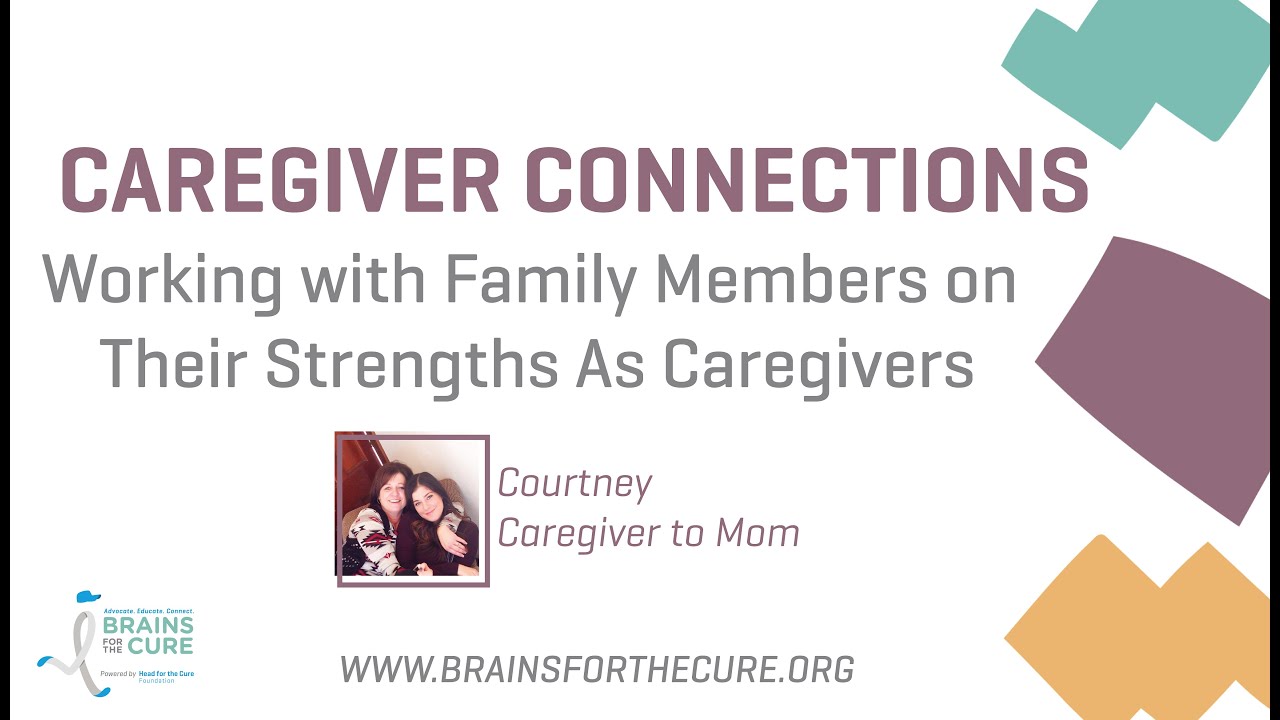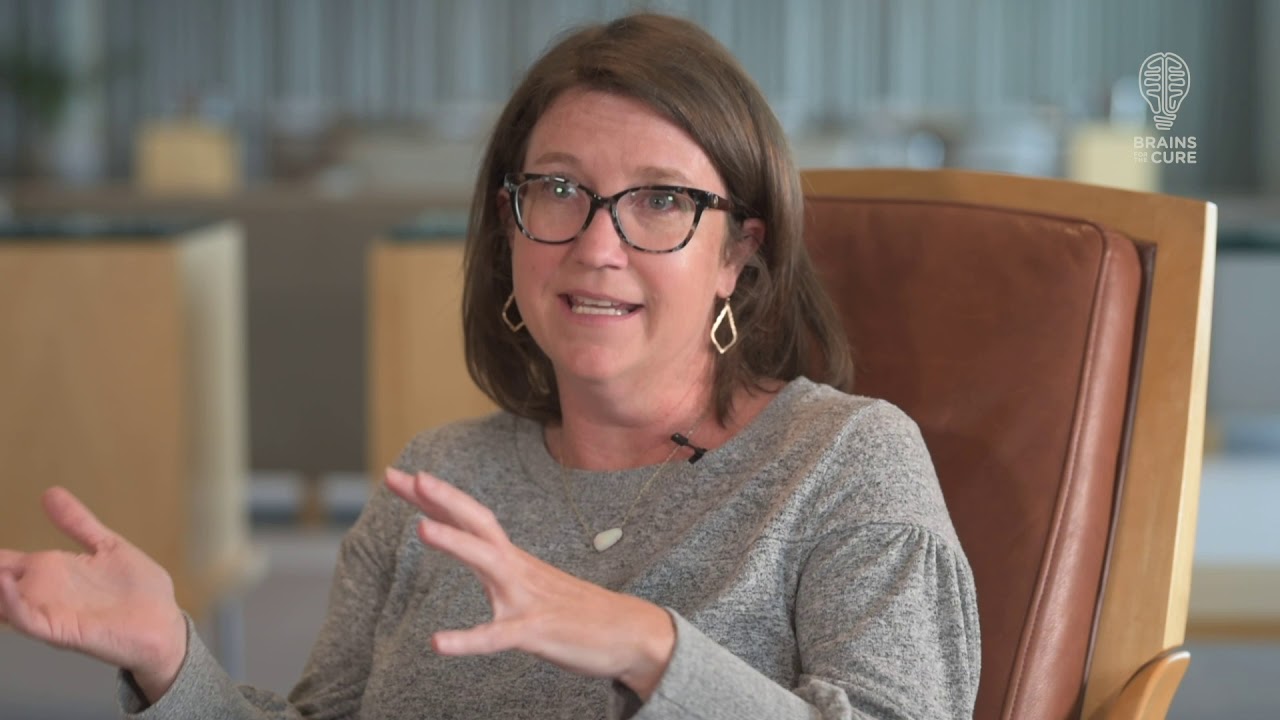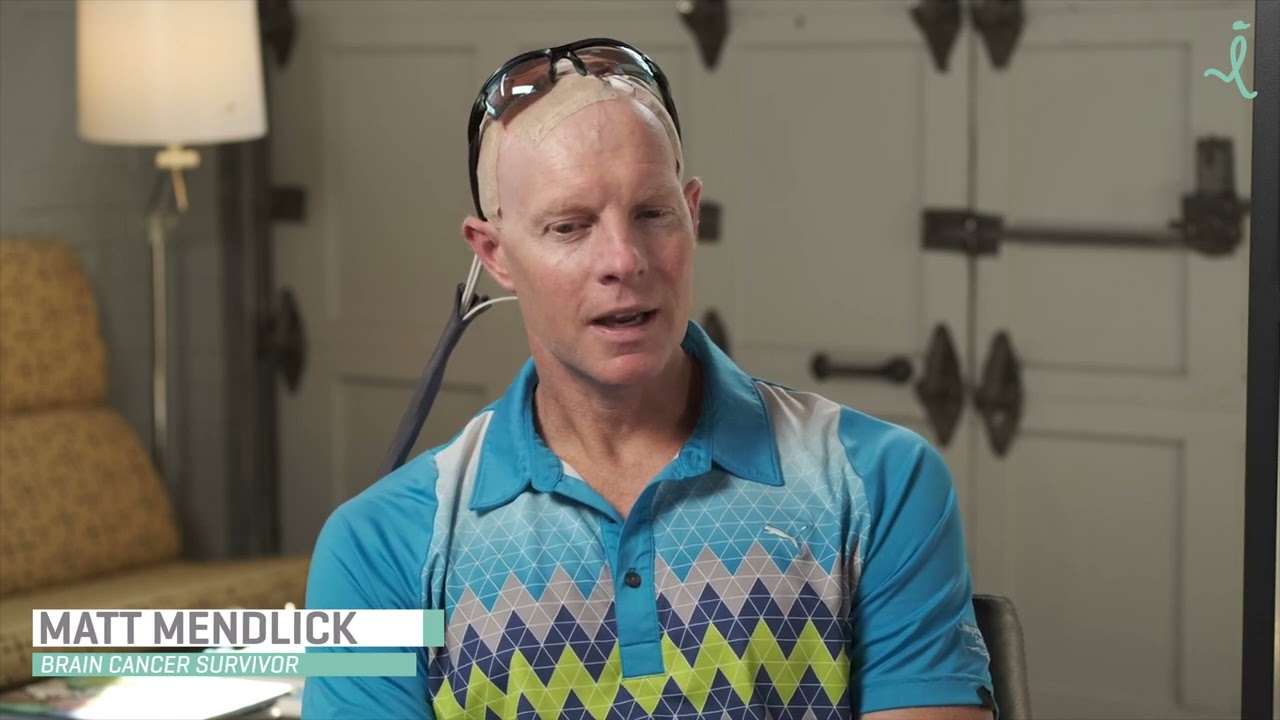
Balancing Act: Navigating Caregiving Obligations
Caring for a loved one with a brain tumor is a deeply rewarding yet challenging role that requires caregivers to balance a multitude of responsibilities.
Brains for the Cure - Brain Tumor News
Get Help With Brain Tumors

Caring for a loved one with a brain tumor is a deeply rewarding yet challenging role that requires caregivers to balance a multitude of responsibilities.

Caring for a loved one with a brain tumor is a trying experience that extends beyond the patient-caregiver relationship, impacting interactions with spouses, children, friends,
Living with a brain tumor can pose significant challenges to maintaining independence, but there are proactive steps patients can take to reclaim control over their
Caring for a loved one with a brain tumor is a profound and often isolating experience. While caregiving can be rewarding, it also comes with

We know that talking to children or young people about a brain tumor diagnosis can feel extremely difficult and scary. Knowing what to say and
Healthy communication between a caregiver and a brain tumor patient is essential for providing effective care, fostering mutual understanding, and maintaining emotional well-being. Here are
When a loved one gets a brain tumor diagnosis, someone must step into the crucial role of caregiver. This is a brave step to take,
https://www.youtube.com/watch?v=Gu4k9O4-jms Brain cancer remains one of the most complex and challenging diseases to treat, yet it is often accompanied by a veil of stigma and